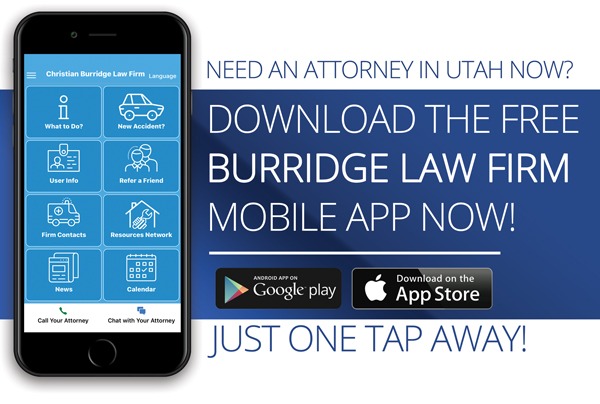While you can’t control other drivers’ actions, certain defensive driving techniques can reduce your chances of being rear-ended and minimize injury severity if a collision occurs.
Maintain Your Vehicle’s Visibility
Ensure other drivers can see you by:
- Keeping all lights functioning properly (brake lights, taillights, turn signals)
- Using your turn signals well in advance of turning or changing lanes
- Activating hazard lights when traffic slows suddenly on highways
- Keeping your rear window clean and clear of obstructions
Brake Gradually When Possible
Sudden braking increases rear-end collision risk:
- Maintain adequate following distance from the vehicle ahead
- Anticipate traffic slowdowns and begin braking early
- Tap your brakes lightly before actually slowing down to alert drivers behind you
- Avoid “panic stops” except in emergencies
Be Mindful at High-Risk Locations
Certain situations increase rear-end collision risk:
- Traffic lights, especially those with short yellow cycles
- Stop signs on high-speed roads
- Highway construction zones
- Areas with frequent traffic congestion
- School zones with variable speed limits
Minimize Distractions While Driving
Staying alert helps you respond appropriately to traffic conditions:
- Keep your eyes on the road and check mirrors frequently
- Avoid cell phone use, even hands-free in heavy traffic
- Set navigation systems before driving
- Pull over for tasks that take attention away from driving
Proper Seat and Headrest Positioning
If a collision does occur, proper positioning can reduce injury severity:
- Adjust your headrest so the top aligns with the top of your ears
- Maintain a distance of 2-4 inches between the back of your head and the headrest
- Sit upright with good posture rather than slouching
- Keep your head against the headrest when stopped in traffic
These preventive strategies can significantly reduce your risk of being rear-ended and minimize injuries if a collision does occur.
People Also Ask
- Is Utah a no-fault state for car accidents? Yes, Utah is a no-fault state for insurance purposes. While this means your own insurance covers your medical expenses regardless of fault, practicing preventive driving remains important as it can help you avoid deductibles, premium increases, and the hassle of claims processes.
- What are the damages of being rear-ended? Damages typically include vehicle repair costs, medical expenses for injuries like whiplash, lost wages, and potentially long-term complications. Preventive driving techniques can help you avoid these damages entirely.
- How is fault determined in a car accident in Utah? In Utah, the rear driver is generally presumed at fault in rear-end collisions. However, if you made an unsafe lane change, had non-functioning brake lights, or stopped abruptly without cause, you could share some fault. Preventive driving practices help ensure you don’t contribute to accidents.
- What counts as a rear-end in an accident? A rear-end collision occurs when one vehicle strikes another from behind. This includes being hit while stopped at a traffic light, while slowing for traffic, or even while in motion if the vehicle behind you is traveling faster. The preventive techniques in this article help minimize your risk in all these scenarios.



